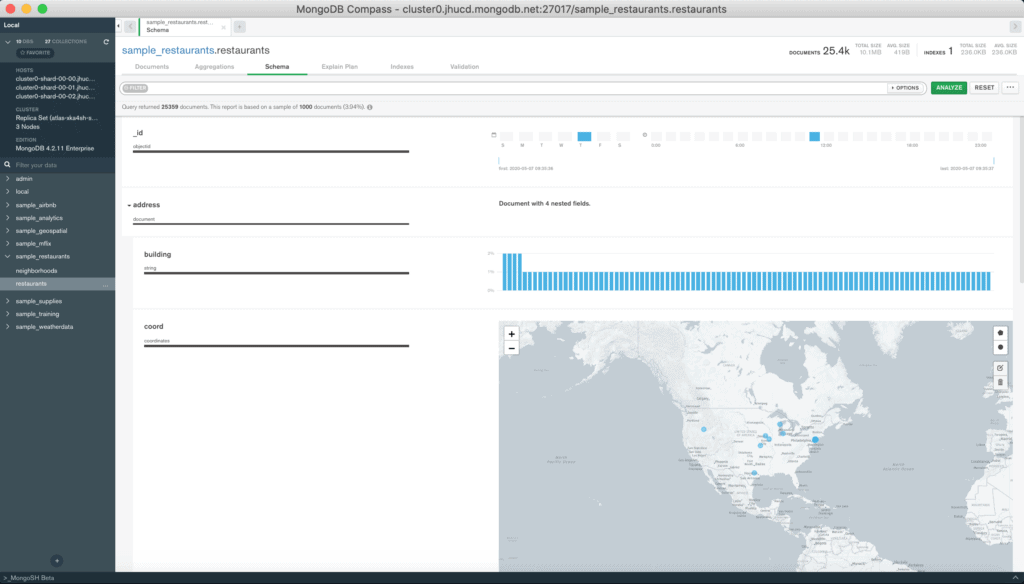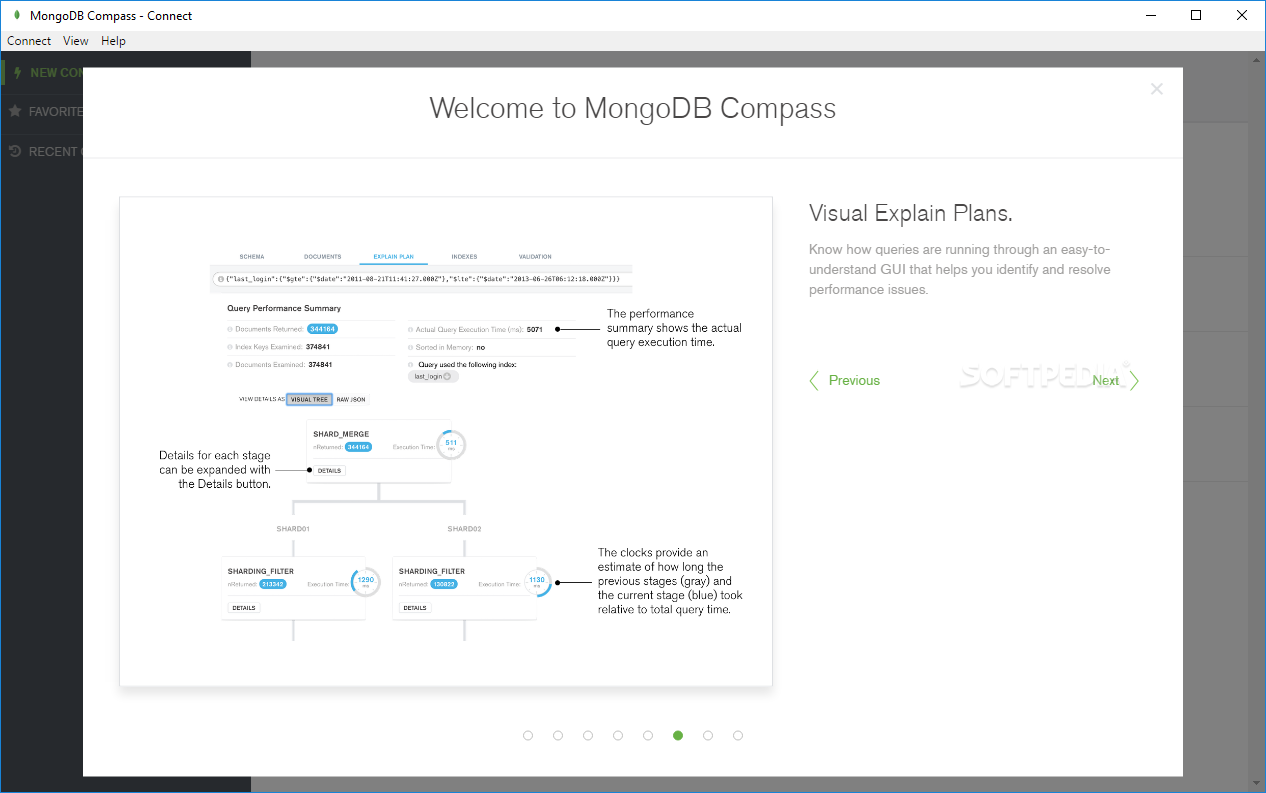

With these step-by-step instructions, you’ll have no trouble sorting any of your collections or query results using MongoDB Compass.If you have a MongoDB collection with dates stored as strings, you can convert those into the Date BSON type if required.īelow are three ways to convert a string into a Date in MongoDB. In our example today, we reviewed the simple process of sorting in MongoDB Compass Community. There are many MongoDB Compass options to choose from: Whether you want to query data, sort a collection or optimize performance, it’s easy to perform these tasks with just a few clicks. The MongoDB Compass interface provides an intuitive GUI to help you explore your data and perform common database operations. To do this, type in " that we described above simply performs a sorting of documents in a descending order.

In this case, we’ll be using the field position to sort all documents within the collection. In this tutorial, we’ll be focusing on sorting.Īfter selecting SORT, choose the field that you’d like to sort on. You can choose from a number of options, such as FILTER, COLLATION and SORT. In this example, you can see we have four collections associated with this database.Īfter selecting the desired collection, click on the Documents tabĬlick the OPTIONS drop-down list to show other MongoDB Compass options.

The next step will be to select the database you’d like to access, and MongoDB Compass will then list all collections that are associated with the selected database. Sorting a MongoDB CollectionĪs we mentioned above, the left pane of the MongoDB Compass interface lists all the stored databases in the MongoDB server. Once MongoDB Compass connects to the MongoDB service, it will prompt a window showing all the databases that are available in that particular connection. NOTE Should you encounter an error stating something along the lines of "MongoDB not running on the provided host and port", check to see if the MongoDB server is running in the background. However, you may need to enter a different host and port depending on your individual requirements. In this tutorial, we’ll be working on localhost and running MongoDB on the default port 27017, so we’ll accept all the defaults and just hit “Connect”. Once the application finishes loading up the necessary files, you’ll be prompted with a window for the hostname and port number. Now that we’ve covered all the system requirements, let’s begin by opening up the MongoDB Compass application. NOTE: Throughout this tutorial, the MongoDB Compass Community version being used is 1.18.0.
Mongodb compass filter date free#
For this tutorial, we’ll be using Compass Community Edition, which is a free version of the Compass product.įinally, you’ll need to make sure the MongoDB Compass application is working before proceeding with the tutorial. You’ll need to have a version of MongoDB Compass installed. The system requirements include the following:įirst, you need to confirm that the MongoDB service is running. Prerequisitesīefore we turn our attention to the MongoDB Compass Community interface, it’s important to review the various prerequisites for the task. In this tutorial, we’ll provide step-by-step instructions for sorting in MongoDB Compass Community. Common database tasks, such as sorting the documents in a collection, can be accomplished with just a few clicks. MongoDB Compass acts as a GUI for MongoDB, allowing you to navigate through your databases, execute queries and perform various operations. If you’re looking for an easy way to visualize and understand your data, MongoDB Compass Community is a simple solution.


 0 kommentar(er)
0 kommentar(er)
